
Exploring Sustainable Products of Dairy Farming and Their Impact on Global Nutrition
The global demand for sustainable nutrition solutions has surged in recent years, prompting an in-depth exploration of the "products of dairy farming" and their significant role in addressing nutritional challenges worldwide. According to the Food and Agriculture Organization (FAO), dairy products contribute nearly 13% of total protein intake globally, making them a vital component of the human diet. With the dairy sector being responsible for more than 1 billion livelihoods, it is crucial to implement sustainable practices that not only enhance productivity but also minimize environmental impacts. Reports suggest that adopting innovative farming techniques can reduce greenhouse gas emissions by as much as 40%, significantly improving the sector's sustainability profile. As we delve into the latest advancements and approaches within dairy farming, we illuminate the pathways through which these products can support global nutrition while fostering environmental stewardship.
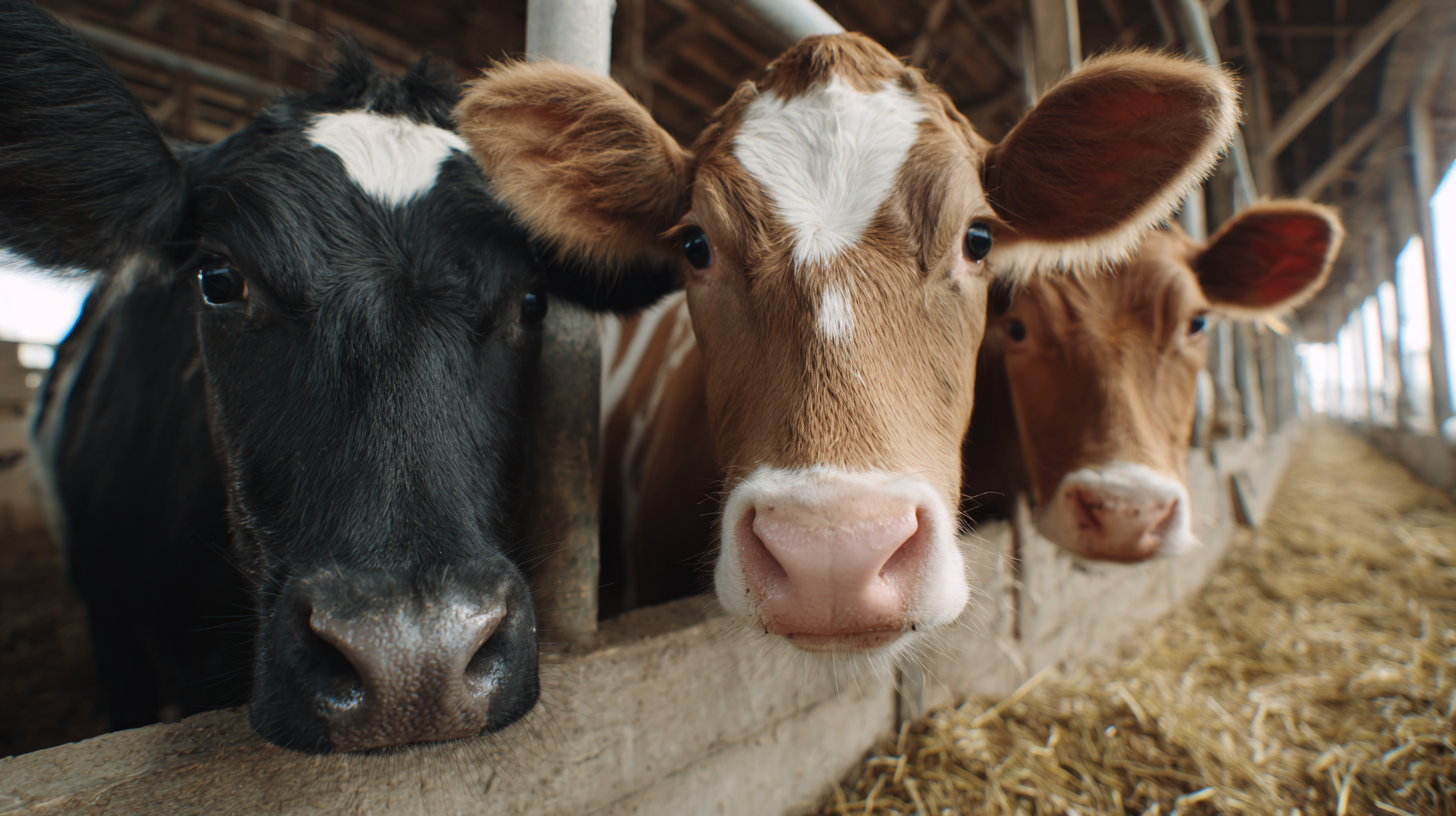
How to Identify Sustainable Dairy Farming Practices for Enhanced Nutrition
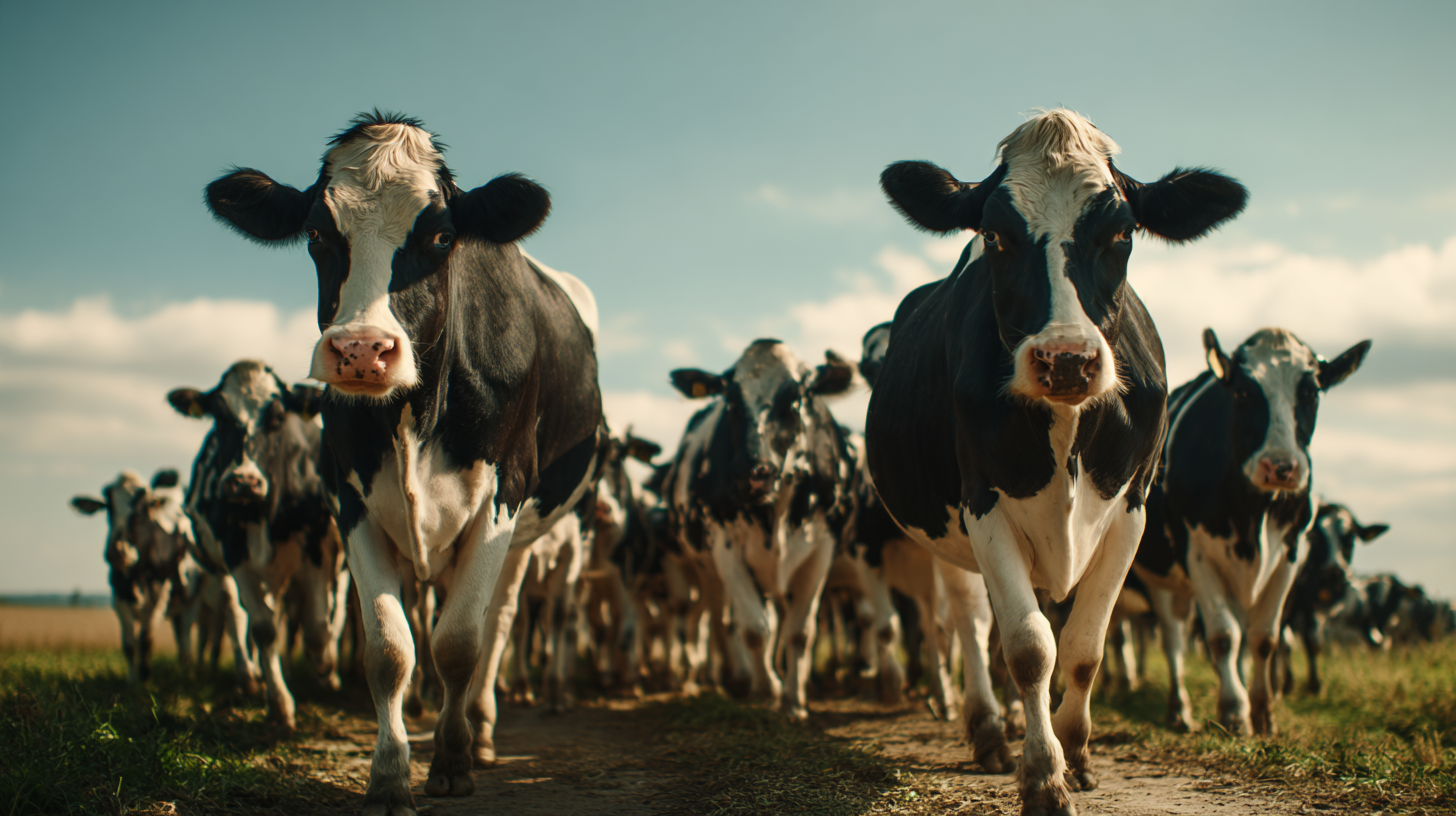 Identifying sustainable dairy farming practices is crucial for enhancing global nutrition while minimizing environmental impact. Sustainable dairy farming integrates methods that promote animal welfare, preserve natural resources, and ensure the health of local ecosystems. Key indicators of sustainable practices include the use of pasture-based systems, which allow cows to graze naturally, providing them with a balanced diet rich in nutrients. This not only contributes to better milk quality but also reduces the reliance on concentrated feed, which is often linked to environmental degradation.
Identifying sustainable dairy farming practices is crucial for enhancing global nutrition while minimizing environmental impact. Sustainable dairy farming integrates methods that promote animal welfare, preserve natural resources, and ensure the health of local ecosystems. Key indicators of sustainable practices include the use of pasture-based systems, which allow cows to graze naturally, providing them with a balanced diet rich in nutrients. This not only contributes to better milk quality but also reduces the reliance on concentrated feed, which is often linked to environmental degradation.
Another essential aspect is the implementation of efficient waste management systems. Sustainable dairy farms utilize manure as a valuable resource, converting it into compost or biogas, which reduces greenhouse gas emissions and enhances soil fertility. Additionally, adopting technologies like precision farming can optimize resource use, ensuring water and feed are utilized efficiently, thus promoting higher yields with reduced environmental strain. By implementing these practices, dairy farms can play a pivotal role in enhancing global nutrition while ensuring a sustainable future for agriculture and the planet.
How to Assess the Nutritional Benefits of Plant-Based Dairy Alternatives
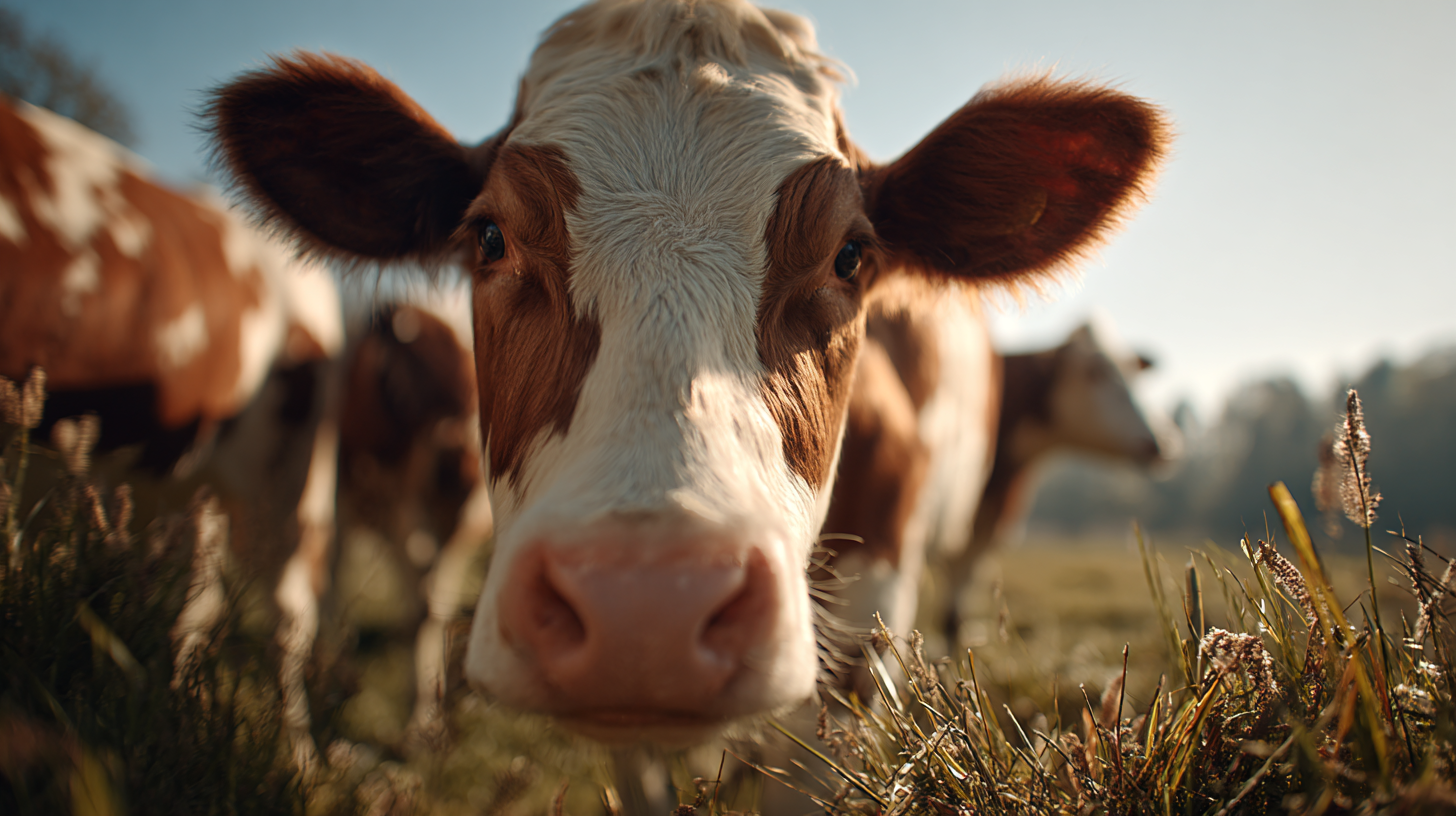 As the demand for sustainable products grows, plant-based dairy alternatives have emerged as a viable option for addressing global nutritional needs. To assess the nutritional benefits of these alternatives, one must consider their ingredient composition and how they compare to traditional dairy products. Many plant-based options, such as almond milk, soy yogurt, and coconut-based cheeses, often contain added vitamins and minerals to enhance their nutritional profile. Evaluating the levels of protein, calcium, and essential fatty acids is crucial as these elements play a key role in overall dietary health.
As the demand for sustainable products grows, plant-based dairy alternatives have emerged as a viable option for addressing global nutritional needs. To assess the nutritional benefits of these alternatives, one must consider their ingredient composition and how they compare to traditional dairy products. Many plant-based options, such as almond milk, soy yogurt, and coconut-based cheeses, often contain added vitamins and minerals to enhance their nutritional profile. Evaluating the levels of protein, calcium, and essential fatty acids is crucial as these elements play a key role in overall dietary health.
Furthermore, understanding the impact of these alternatives on individual health outcomes is essential. Research indicates that certain plant-based dairy products can contribute to lower cholesterol levels and a reduced risk of chronic diseases, making them beneficial for diverse dietary lifestyles. Consumer education surrounding these alternatives is vital to ensure that individuals make informed choices that align with their nutritional goals while also promoting sustainable agricultural practices. By closely examining the nutritional aspects of plant-based dairy substitutes, we can better appreciate their role in fostering a healthier planet and population.
How to Implement Sustainable Product Standards in the Dairy Industry
Implementing sustainable product standards in the dairy industry is essential for enhancing global nutrition while minimizing environmental impact. One effective approach is the adoption of certification frameworks that set clear guidelines for sustainable practices. These standards can include criteria for animal welfare, feed sourcing, and water management, ensuring that dairy farming operations are not only efficient but also ecologically responsible. By adhering to such standards, producers can gain market recognition and consumer trust, which are crucial for encouraging the shift towards sustainable dairy products.
Furthermore, collaboration between farmers, industry stakeholders, and governmental bodies plays a pivotal role in this implementation process. Workshops and training programs can educate dairy farmers on best practices and the benefits of sustainability. Incentives, such as subsidies or tax breaks for adhering to sustainable standards, can motivate more producers to transition towards environmentally friendly practices. Additionally, promoting transparency in the supply chain can enhance consumer awareness and support for sustainable dairy products, ultimately leading to a healthier population and planet.
How to Educate Consumers on the Importance of Sustainable Dairy Products
Educating consumers about the significance of sustainable dairy products is crucial as the global dairy market experiences significant growth. For instance, the global whey protein concentrate (WPC) market is projected to expand from $629.7 million in 2025 to $4.3608 billion by 2033, demonstrating a compound annual growth rate (CAGR) of 4.7%. This growth reflects a rising consumer demand for high-quality protein sources, which can be met sustainably.
Tips: Engage consumers through informative campaigns about the nutritional benefits of sustainable dairy products versus traditional options. Highlight that dairy products, particularly those sourced sustainably, can contribute positively to overall health while also supporting environmental goals.
The oat milk market is another example, expected to surge from $3.46 billion in 2024 to $10.83 billion by 2032, with a remarkable CAGR of 15.32%. This trend indicates an increasing preference for plant-based alternatives among consumers, who are becoming more conscious of their dietary choices and their impacts on the environment.
Tips: Utilize social media platforms to share success stories of sustainable dairy farming and its role in enhancing global nutrition while reducing carbon footprints. Connecting sustainable practices to consumer health can motivate more informed purchasing decisions.
Exploring Sustainable Products of Dairy Farming and Their Impact on Global Nutrition
| Product Type | Sustainability Rating (1-5) | Nutritional Benefits | Environmental Impact (kg CO2 per kg product) | Consumer Awareness (%) |
|---|---|---|---|---|
| Organic Milk | 5 | High in calcium, vitamin D | 0.9 | 75 |
| Grass-Fed Yogurt | 4 | Rich in omega-3 fatty acids | 1.2 | 60 |
| Plant-Based Cheese | 5 | Low in cholesterol, contains fiber | 0.5 | 80 |
| Traditional Cheese | 2 | High in protein, calcium | 2.5 | 45 |
| A2 Milk | 4 | Easier to digest for some | 1.1 | 65 |
How to Foster Collaboration Between Farmers and Researchers for Sustainable Solutions
Collaboration between farmers and researchers is crucial for the advancement of sustainable dairy farming practices that can positively impact global nutrition. By working together, both parties can bridge the gap between scientific knowledge and practical application. Researchers can offer insights into innovative agricultural techniques, such as regenerative grazing and organic feed options, while farmers can provide real-world feedback on these practices, ensuring they are feasible and effective in diverse farming conditions.
To foster this collaboration, establishing platforms for regular dialogue and knowledge exchange is essential. Workshops, field days, and joint research projects can be effective ways to engage farmers and researchers, encouraging them to share experiences, challenges, and successes. Furthermore, agricultural extension services can play a vital role by facilitating communication and supporting the implementation of sustainable practices based on scientific findings. By harnessing the collective expertise of both farmers and researchers, the dairy sector can evolve towards more sustainable methodologies that not only enhance productivity but also contribute to improving global nutritional outcomes.
Related Posts
-
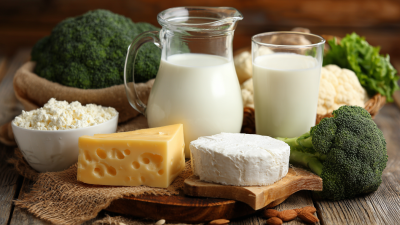
Discover the Best Dairy Products Online for a Healthier Lifestyle
-

Exploring the Health Benefits of Consuming Diverse Milk Products in Your Daily Diet
-
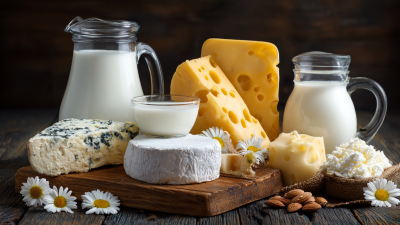
The Surprising Health Benefits of Incorporating Dairy Products into Your Daily Diet
-

Essential Dairy Barn Equipment Upgrades for Modern Farming Efficiency
-

Unlocking the Secrets of Dairy: How Milk Transforms Nutrition and Wellness
